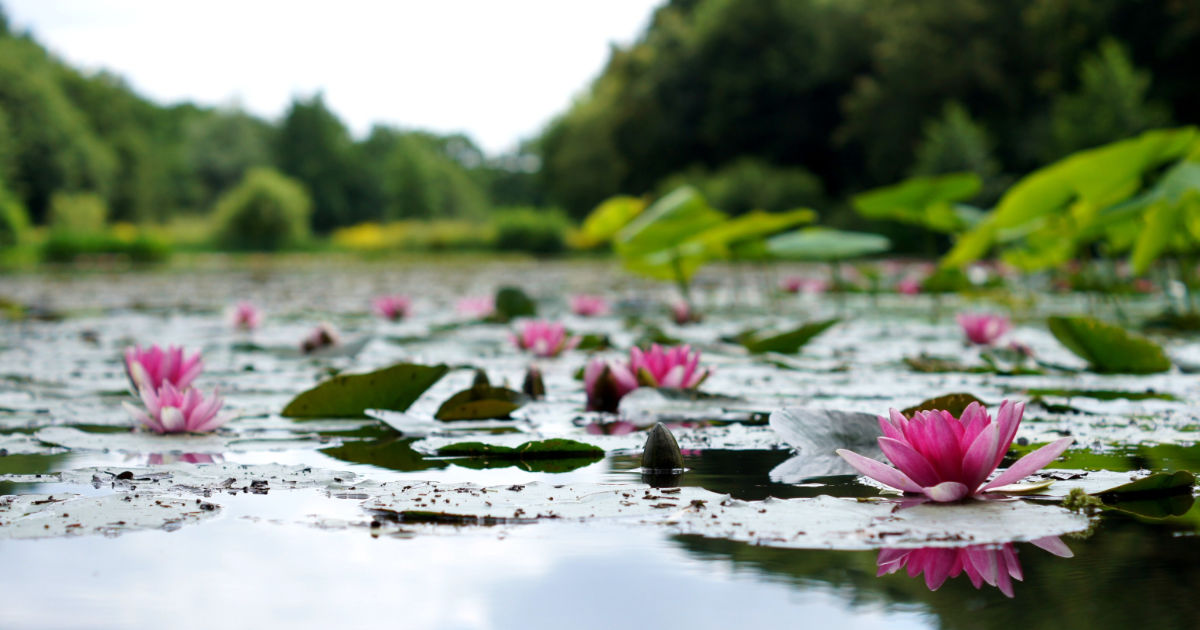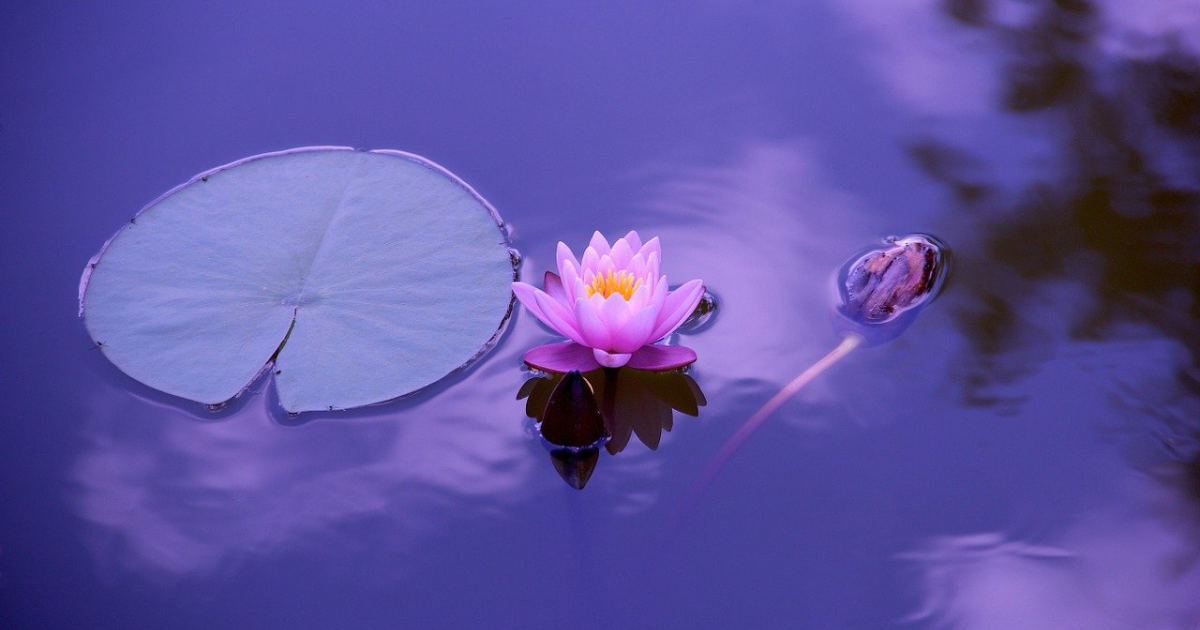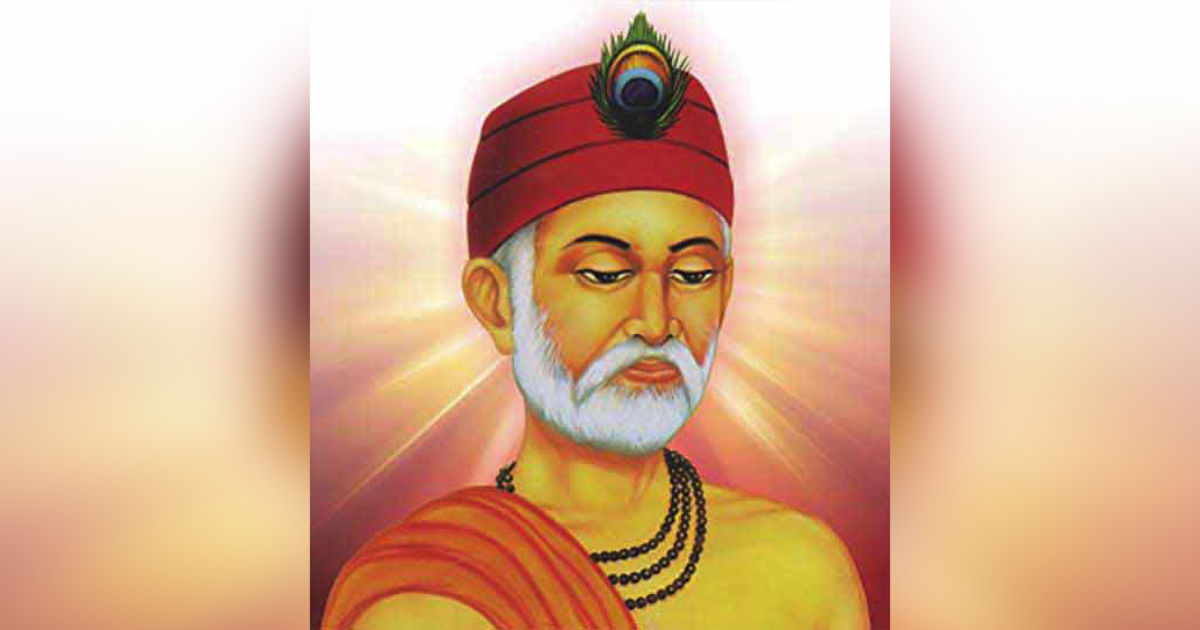Ramanna Maharishi said to Robert Adams. “The only spiritual life you need is not to react.”
Robert Adams was an American Vedanta Teacher. His explanation of what Ramanna Maharishi said was to be calm is the greatest asset in the world. When you are perfectly calm, time stops. There is no time; karma and samskaras stop. Continue reading


 Bhakti Sadhana in the Srimad Bhagavatam has been explained very simply. There are three things which one must heed. They are Darshan or inner vision, Shravana or hearing, and inner Chintan or contemplation. Through Darshan, Shravan, and Chintan the mind becomes one with the lord. The example given is it does not matter what the shape of a vessel is. It can be misshapen. When one pours liquid into it, it takes the shape of the vessel. The liquid will retain the shape of the vessel as long as it remains in it. Similarly, when one hears the name of the lord, when one contemplates on the qualities of the lord and when one brings to mind the form of the lord, the mind takes on the aspect of the lord. –
Bhakti Sadhana in the Srimad Bhagavatam has been explained very simply. There are three things which one must heed. They are Darshan or inner vision, Shravana or hearing, and inner Chintan or contemplation. Through Darshan, Shravan, and Chintan the mind becomes one with the lord. The example given is it does not matter what the shape of a vessel is. It can be misshapen. When one pours liquid into it, it takes the shape of the vessel. The liquid will retain the shape of the vessel as long as it remains in it. Similarly, when one hears the name of the lord, when one contemplates on the qualities of the lord and when one brings to mind the form of the lord, the mind takes on the aspect of the lord. – 








